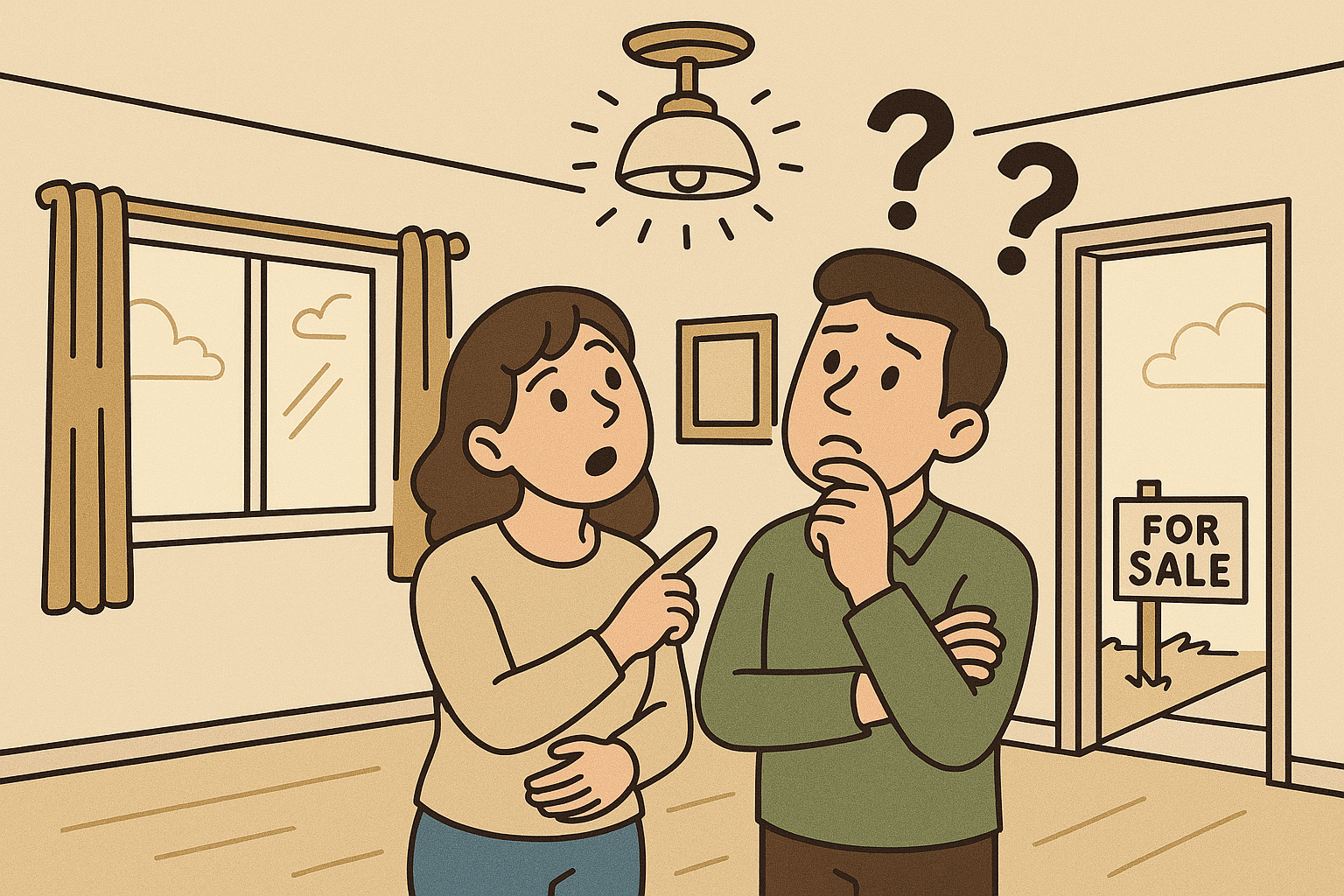When selling a home in Northern Ireland, there is a significant amount of paperwork to manage, including contracts, title deeds, property certificates, searches, and more. One document that is often overlooked by sellers is the fixtures and fittings list.
Mr William Wilson, Head of Property at Lacey Solicitors, explains that a missing or unclear list can lead to confusion, delays, and even legal disputes. This article outlines why the fixtures and fittings list is important, what it should include, and how it helps protect both sellers and buyers throughout the conveyancing process.
What Is a Fixtures and Fittings List Exactly?
The fixtures and fittings list is a straightforward form that outlines what will remain in the property and what the seller plans to remove before completion. It forms part of the Vendor’s Replies to Pre-Contract Enquiries, which your solicitor provides to the buyer’s solicitor during the conveyancing process.
Think of it like this:
- Fixtures are items fixed to the property, such as built-in wardrobes, kitchen units, or bathroom suites. These are typically expected to stay.
- Fittings (sometimes called chattels) are items that are not fixed in place, such as freestanding furniture, lamps, or curtains. These can usually be taken with you, unless agreed otherwise.
This list may seem like a minor detail, but at Lacey Solicitors Belfast, we’ve seen how it can be the difference between a smooth sale and a stressful one.
Why It’s More Important Than You Think
A vague or incomplete fixtures and fittings list often leads to confusion or mix-ups. For example, a buyer may assume the garden shed is included in the sale, only to discover it’s been removed on moving day. Similarly, you might take a decorative light fitting or built-in appliance that the buyer expected to remain with the property. These misunderstandings can cause disputes, delay completion, and in some cases, lead to claims for breach of contract.
In Northern Ireland, the fixtures and fittings list forms part of the legal contract This means the list is not just a helpful guide, it has legal weight. Removing an item marked as “left” without agreement could give the buyer grounds to seek compensation or delay the sale.
A complete and accurate list sets clear expectations from the outset. Everyone involved in the sale: seller, buyer, and their solicitors knows exactly what is included and what is not. This clarity helps avoid arguments and keeps the transaction running smoothly.
What Should You Include in Your Fixtures and Fittings List?
In short, everything that could be questioned. Go room by room and think about what’s fixed and what isn’t. If there’s any doubt, include it.
Inside the House:
- Kitchen appliances (oven, hob, fridge, dishwasher)
- Bathroom mirrors, towel rails, toilet roll holders
- Light fittings and bulbs
- Curtains, blinds, and curtain poles
- Carpets, rugs, and floor coverings
- Built-in wardrobes, cupboards, and shelving
Outside the House:
- Garden furniture and planters
- Sheds, greenhouses, or storage units
- Outdoor lighting and garden ornaments
- Satellite dishes, aerials, or CCTV systems
- Fencing, gates, and decking
Each item should be marked as included, excluded, or negotiable. The more detail you provide, the fewer surprises there will be for the buyer.
Misunderstandings about Fixtures and Fittings Lists in Northern Ireland
Sellers’ assumption: “I paid for it, so I’m taking it.” But if it’s fixed to the property — like a fitted oven or wall-mounted TV bracket — it’s probably a fixture. Removing it without agreement could breach the contract.
Buyers’ assumption: “Everything I saw during the viewing is included.” This isn’t always true. The list clarifies what stays and what goes.
At Lacey Solicitors, we help both buyers and sellers avoid these pitfalls by making sure the list is accurate and legally sound.
How It Protects You
For sellers, the list reduces the risk of being accused of removing something that was meant to stay. For buyers, it provides peace of mind about what they’re purchasing. For both sides, it helps keep the sale on track.
In Northern Ireland, the fixtures and fittings list becomes part of the legal contract. If an item marked as “included” is removed before completion, the buyer could delay the transaction or seek compensation. So, it’s not just a helpful tool — it’s a legal safeguard.
The top tip from our Mr William Wilson, Head of the Property Department at Lacey Solicitors, is to assist your solicitor by completing this document thoroughly and correctly. It’s one of the simplest ways to prevent legal issues during a sale.
Some Practical Advice
- Be thorough: Walk through your home with fresh eyes and list every item that could raise a question.
- Be honest: If you plan to take an item with you, state it clearly.
- Be specific: “Light fitting in hallway” is better than just saying “hall light.”
- Keep your solicitor informed: If you change your mind about something, let your solicitor know right away so the list can be updated.
Final Thoughts
Selling your home is a major milestone. It’s easy to get caught up in the bigger decisions such as price, offers, completion dates but smaller details like the fixtures and fittings list should not be ignored. Getting it right is one of the easiest ways to keep the process fair, transparent, and legally sound.
If you’re thinking about selling your home and want legal advice you can trust, get in touch with the Property Department at Lacey Solicitors Belfast. We will make sure that everything is handled properly, including the bits that are easy to miss.








